– Overview of draft horses
– Significance of their lifespan
– Purpose of the article
Characteristics of Draft Horses
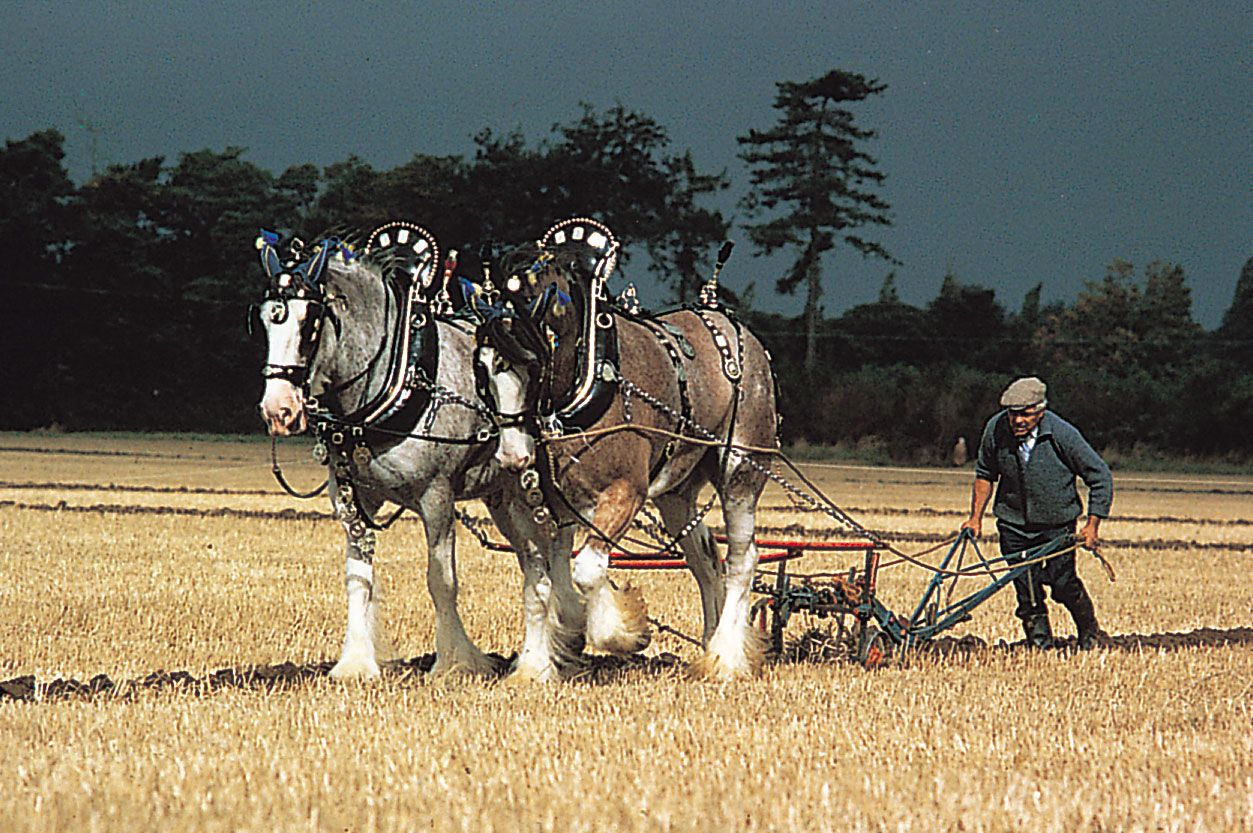
– Size and weight
– Strength and temperament
– Common uses in agriculture and industry
Factors Affecting Lifespan
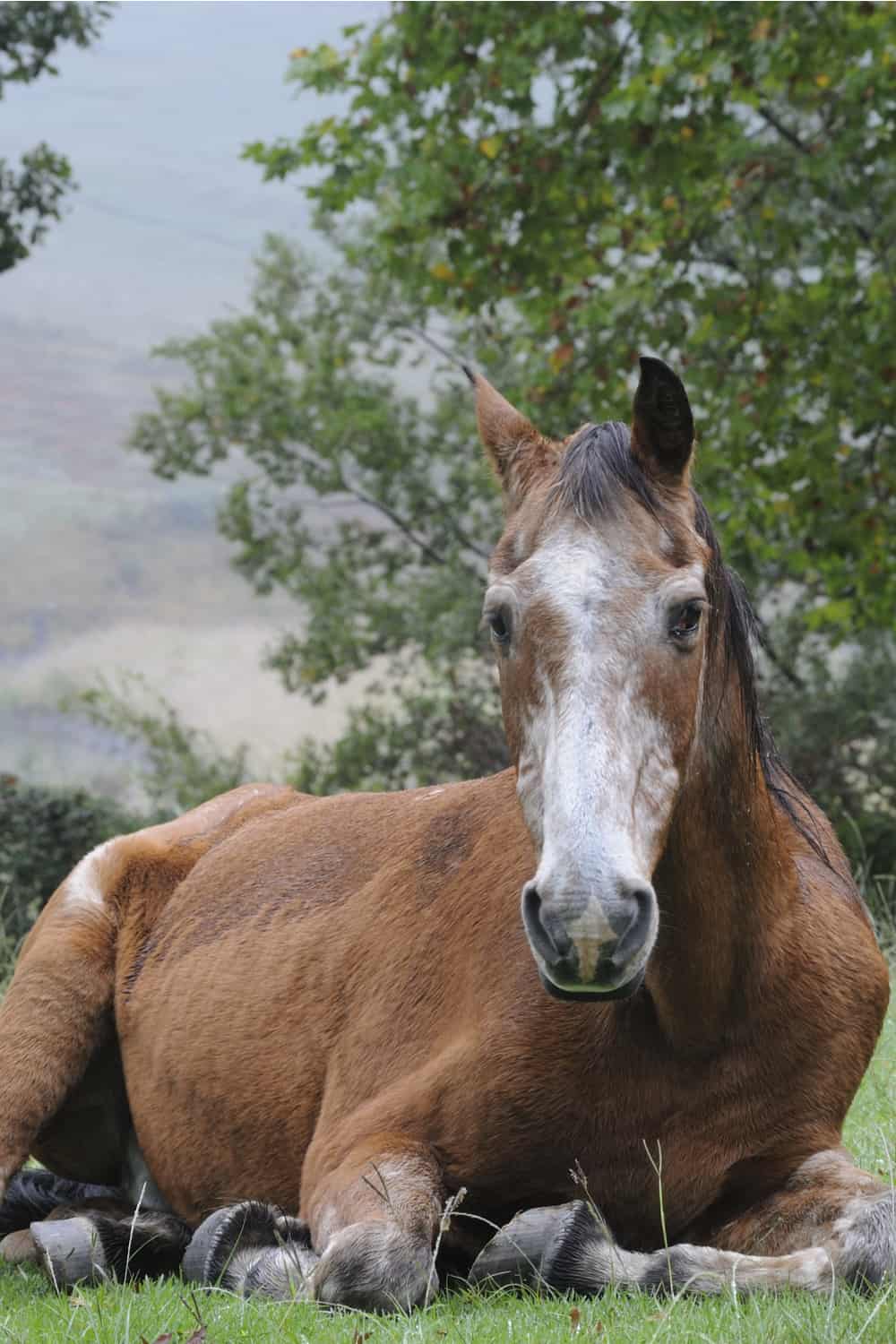
– Genetics and breed
– Diet and nutrition
– Exercise and work routine
– Veterinary care and health maintenance
Common Health Issues
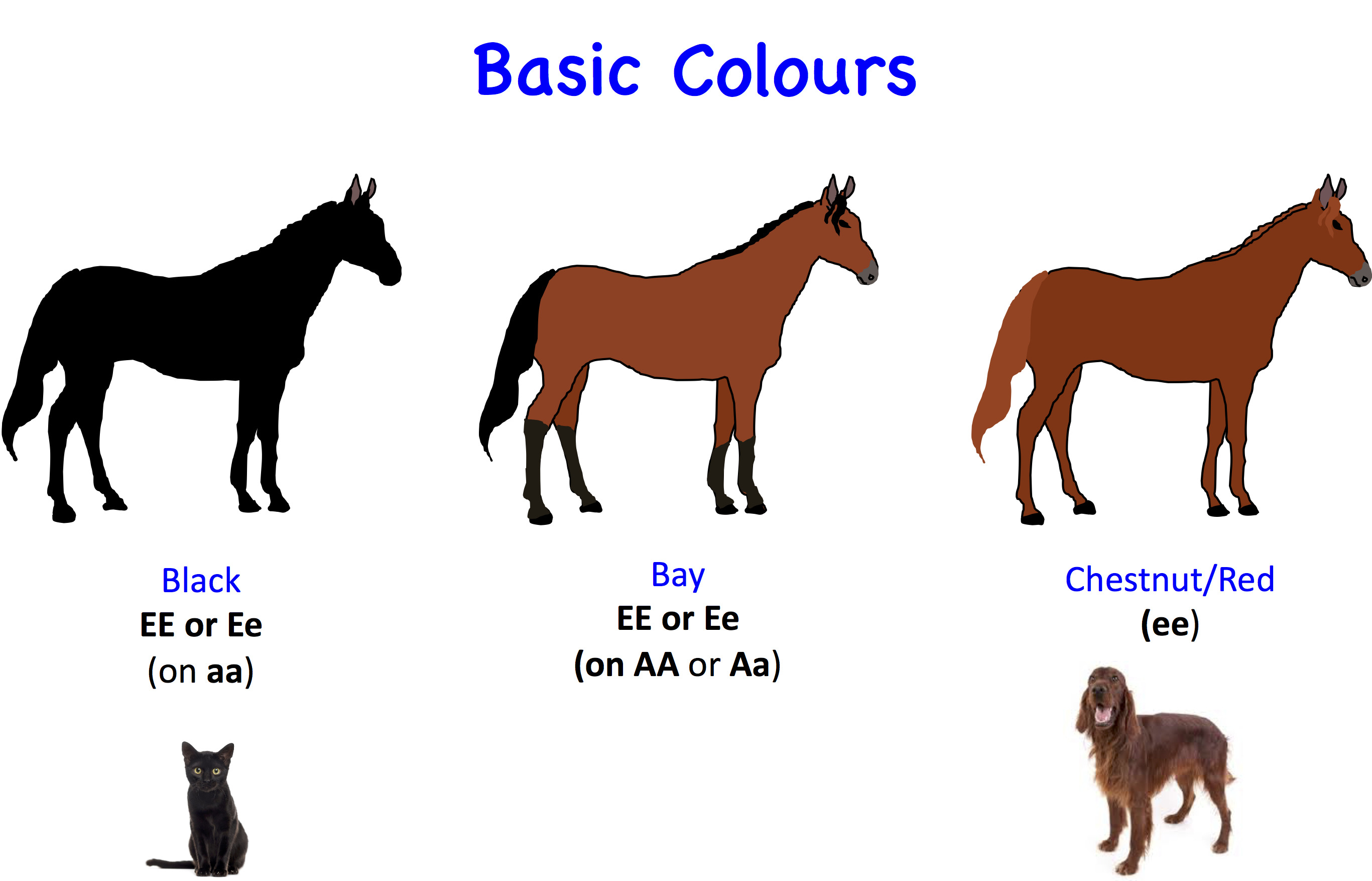
– Joint and muscular problems
– Digestive disorders
– Dental issues
– Aging-related conditions
Quality of Life Considerations
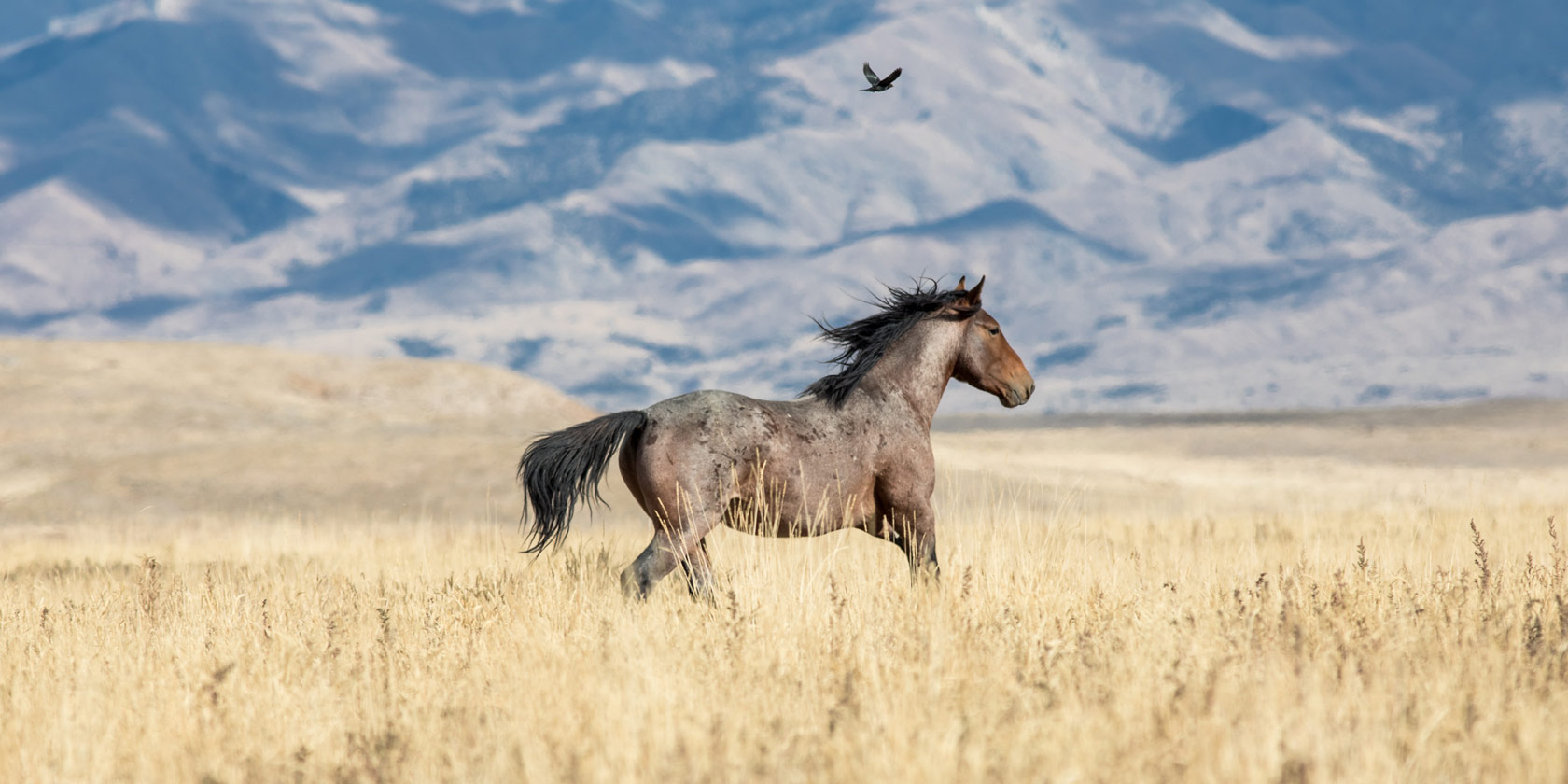
– Retirement and aging gracefully
– Special care for elderly draft horses
– Emotional and mental well-being
Longevity Records
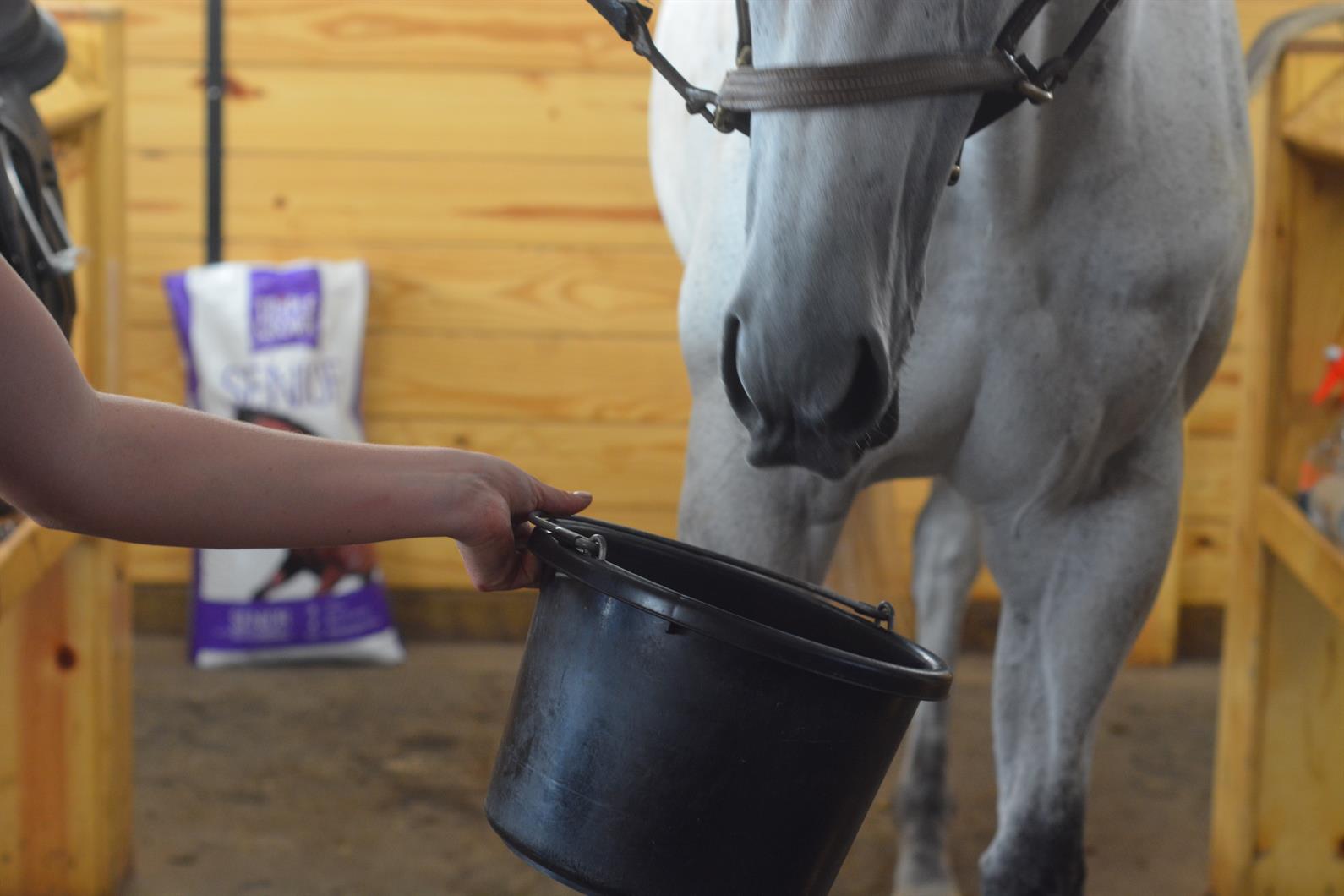
– Notable cases of long-lived draft horses
– Factors contributing to their extended lifespan
Best Practices for Draft Horse Care
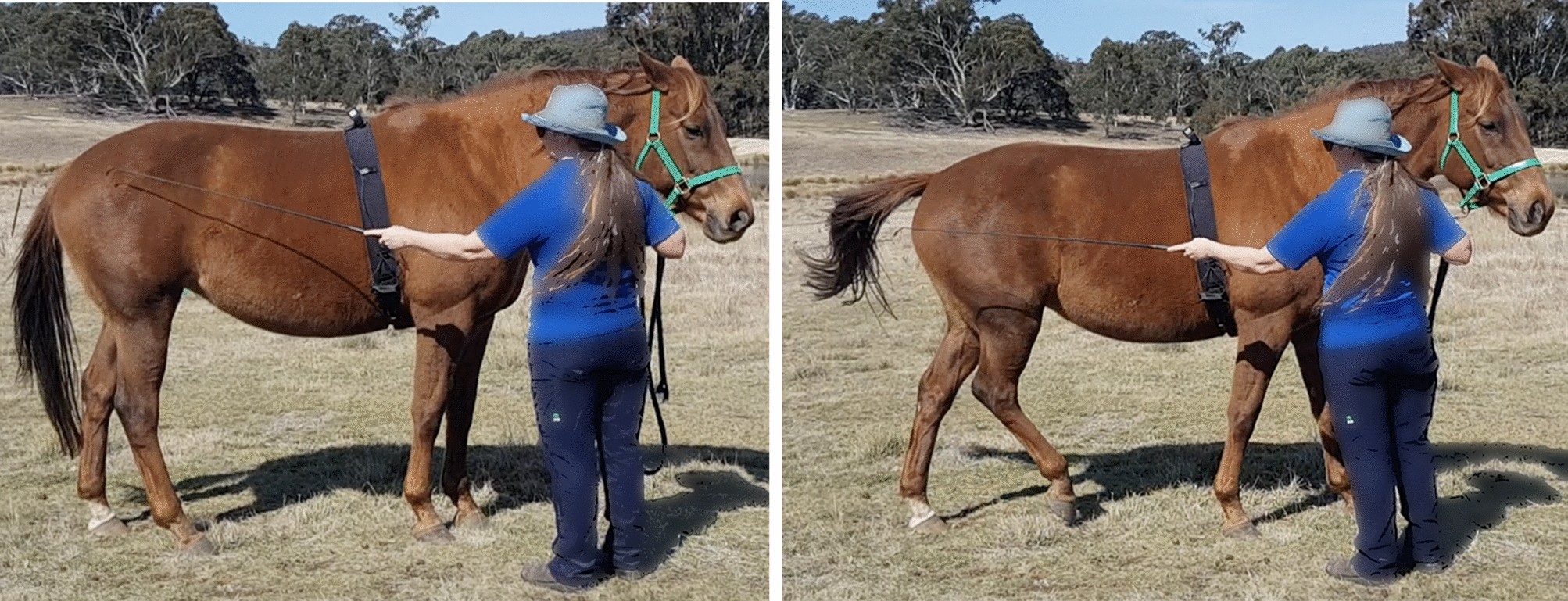
– Nutrition and feeding guidelines
– Exercise and workload management
– Preventive healthcare measures
– Environmental and housing considerations
Conclusion
– Recap of key points
– Emphasis on responsible ownership
– Appreciation for the role of draft horses in society
Draft:
Introduction
Draft horses, known for their immense strength and gentle disposition, have been invaluable to humans for centuries. These majestic equines have played a crucial role in agriculture, transportation, and industry. One of the common questions regarding draft horses is related to their lifespan. Understanding the factors that influence their longevity and learning how to best care for these magnificent animals is essential for their well-being. This article aims to explore the lifespan of draft horses, shedding light on the various factors that contribute to their longevity and offering insights into their care and well-being.
Curious about the lifespan of different horse breeds like racehorses, quarter horses, and more? Explore our articles on race horse lifespans, general horse lifespans, and quarter horse lifespans for a comprehensive look at the longevity of these magnificent animals!
Characteristics of Draft Horses
Draft horses, also known as heavy horses, are a group of large horse breeds specifically bred for heavy tasks such as plowing and other farm labor as well as pulling heavy wagons and carriages. They are known for their substantial size and strength, with some individuals weighing over a ton and standing well over 16 hands high. Despite their imposing stature, draft horses are renowned for their gentle and docile nature, making them well-suited for working closely with humans. The most common draft horse breeds include the Belgian, Percheron, Clydesdale, and Shire, each with its own distinct physical characteristics and temperament.
These equines have historically been utilized in various agricultural activities, including plowing fields, hauling crops, and transporting goods. In modern times, their role has expanded to include forestry, logging, and even recreational activities such as competitive pulling and parades. The versatility and strength of draft horses make them an indispensable asset in many industries, and their enduring appeal has cemented their status as iconic symbols of rural heritage and hard work.
I hope this gives you a good start for your blog article. Let me know if you need further assistance!



